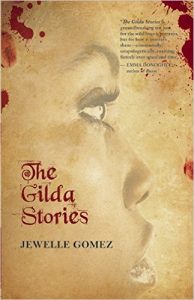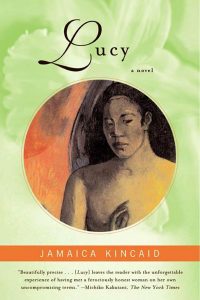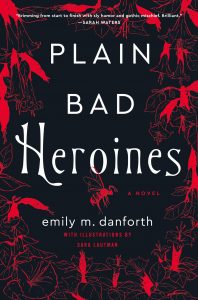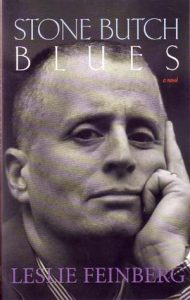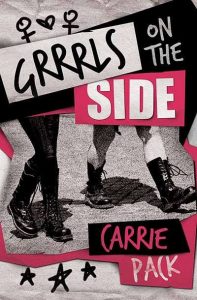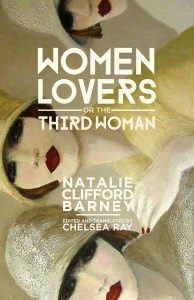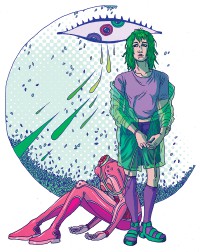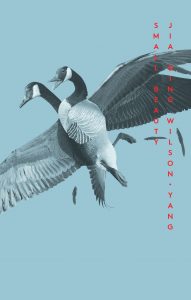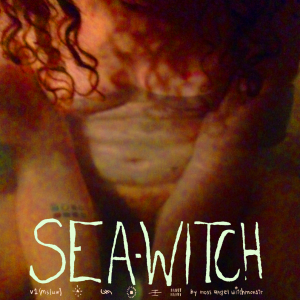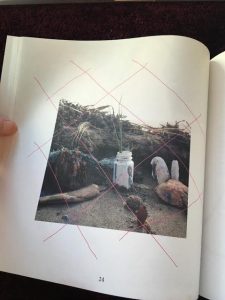Here are some of the best sapphic books i’ve read so far this year, which i think everyone should read immediately considering how incredible, prescient, inspiring and sexy they are.
this is my favourite vampire story i’ve ever read and i’m sad it took me so long to get to it because it’s a delight. Jewelle Gomez writes so tenderly about Gilda, the main character, who becomes a vampire after escaping slavery in the south in the 1850s. We then track through time, in and out of different people’s lives and into the future, but always following Gilda’s path. The way this novel animates history, demonstrating it’s ongoing effect on the present/future as well as community, especially black queer community, through the figure of the vampire is wonderful and inspiring. The changes that are made to traditional vampire lore/representation (which is so heterosexual usually) allow the novel to explore a whole wealth of meanings and experiences normally forgotten or seen as unimportant. The way the vampires in this novel drink blood is one of my favourite things about it because it’s so reciprocal and caring, basically a form of mutual aid between vampires & non vampires and not just a transactional or sometimes violent relationship. the afterword in my edition is by alexis pauline gumbs which was also so beautiful and definitely worthwhile reading too if you have access to it! – about black feminist legacies and the implications of writing a queer black woman vampyre both in the 1990s & in 2016 or so when a new edition was published.
Life was indeed interminable. The inattention of her contemporaries to some mortal questions, like race, didn’t suit her. She didn’t believe a past could, or should, be so easily discarded. Her connection to the daylight world came from her blackness. The memories of her master’s lash as well as her mother’s face, legends of the Middle Passage, lynchings she had not been able to prevent, images of black women bent over scouring brushes – all fueled her ambition. She had been attacked more than once by men determined that she die, but of course she had not. She felt their hatred as personally as any mortal. The energy of the struggles of those times sustained her, somehow.
I think some might find the inclusion of this book on a sapphic book list a surprise but i wanted to include it because the eponymous character, in my opinion, has a sexuality that is queer (or at least not heterosexual), because it includes making out with her best friend, peggy. Much like the novel this short novel is based on (Villette by charlotte bronte), Lucy is a judgemental and, to some, unlikeable character but i love her! I found being ensconced in her life and hearing directly from her was so fascinating; sometimes funny, sometimes sad, sometimes curious.
Kincaid’s novel is mostly a coming of age story about what happens to lucy when she moves from the west indies to north america to work as a nanny for Mariah and Lewis’ children. She develops a complicated and interesting relationship with Mariah along the way and thinks about her own mother back at home. All the relationships in this novel are extremely vivid and extremely fraught with differing emotions and differing levels of power which makes for a really variegated glimpse into lucy’s mind and life. I don’t think i’ll forget lucy as a character or her experiences for a really long time!!
I’m pretty sure this 600+ page novel was made for me to enjoy – as someone who identifies in a lot of ways as a plain bad heroine (sometimes known as a dyke), i felt like i had to read this this year and i’m so glad i did. It’s a campy horror film pastiche with sapphism at it’s centre. Part fin-de-siecle horror book, part love letter to horror films and literary gossip novels, it combines the best of all these into an ambitious and at points genuinely terrifying (at least for me) novel that includes two main storylines, one at a rhode island boarding school in 1902 and a contemporary one which follows three plain bad heroines as they attempt to make a horror film about what happened.
It’s at times uncomfortable, at times sexy, at times gruesome and sweet, and whilst i did have a preferred storyline (the 1902 one which starts off with the tragic deaths of flo and clara by yellowjackets as they run away from family obligation and heterosexuality), i thought they ultimately melded together so well. A delicious, lesboerotic romp with a fun and distinctive writing style which included footnotes!! My favourite!!! Absolutely would recommend this to anyone who can read.
Honourable mentions go to children’s murder mystery novel jolly foul play by robin stevens, which is set in a 1930s boarding school, and the mercies by kiran millwood hargrave, an ambient and beautifully written historical fiction novel set in the late 1610s in norway.

